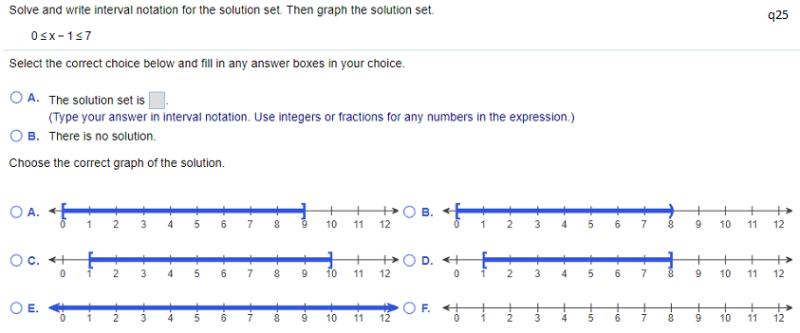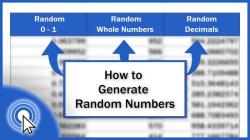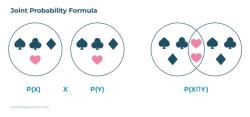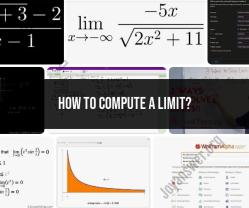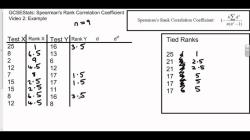How to write the solution in interval notation?
Expressing solutions in interval notation involves representing the set of real numbers that satisfy a given inequality or condition. Interval notation is particularly useful when dealing with continuous ranges along the real number line. Here's a step-by-step guide on how to write solutions in interval notation:
1. Identify the Inequality:
- Begin by identifying the inequality or condition that defines the set of real numbers. For example, consider the inequality or the compound inequality .
2. Understand Notation Symbols:
- Familiarize yourself with the symbols used in interval notation:
- Parentheses: and indicate an open interval (excluding the endpoints).
- Brackets: and indicate a closed interval (including the endpoints).
3. Determine the Type of Interval:
- Based on the inequality, determine whether the interval is open, closed, or a combination of both. For example:
- represents an open interval to the right of 3.
- represents a closed interval from -2 to 5 (including -2 but excluding 5).
4. Write the Interval Notation:
- Use the appropriate notation symbols to represent the interval. Combine them with the relevant numbers. Examples:
- in interval notation is .
- in interval notation is .
Examples:
Inequality:
- Interval Notation:
Inequality:
- Interval Notation:
Inequality:
- Interval Notation:
Inequality:
- Interval Notation:
Special Cases:
All Real Numbers:
- If the solution includes all real numbers, use .
No Real Numbers (Empty Set):
- If there are no real numbers satisfying the condition, use or to denote an empty set.
Compound Inequalities:
AND (Intersection):
- For a compound inequality with "AND," find the overlapping region. Example: in interval notation is .
OR (Union):
- For a compound inequality with "OR," represent each part separately and combine them with a union symbol (). Example: OR is .
Remember to use parentheses for open intervals, brackets for closed intervals, and the infinity symbol () for positive or negative infinity. Properly representing the solution in interval notation helps communicate the range of values that satisfy the given conditions.
How to express solutions using interval notation?
Interval notation is a way of representing sets of numbers using brackets, parentheses, and inequalities. It is commonly used in mathematics to express the solutions of equations and inequalities.
To express a solution using interval notation, follow these steps:
Identify the endpoints of the interval. The endpoints are the smallest and largest values in the solution set.
Determine whether the endpoints are included or excluded. If an endpoint is included, use a closed bracket ([ or ]). If an endpoint is excluded, use an open parenthesis (( or )).
Write the interval notation in the following format:
[a, b]
where:
ais the smallest endpointbis the largest endpoint
For example, the interval notation [-3, 2] represents the set of all real numbers between and including -3 and 2. The interval notation (2, ∞) represents the set of all real numbers greater than 2.
Steps for representing answers in interval notation in mathematics?
Here are the steps for representing answers in interval notation in mathematics:
Solve the equation or inequality.
Identify the endpoints of the solution set.
Determine whether the endpoints are included or excluded.
Write the interval notation in the following format:
[a, b]
where:
ais the smallest endpointbis the largest endpoint
Are there guidelines or conventions for writing solutions in interval notation?
Yes, there are some guidelines and conventions for writing solutions in interval notation. These guidelines help to ensure that interval notation is used consistently and accurately.
Here are some of the guidelines for writing solutions in interval notation:
Use closed brackets for included endpoints and open parentheses for excluded endpoints.
Use commas to separate the endpoints.
Write the interval notation from left to right, with the smaller endpoint on the left and the larger endpoint on the right.
Use the symbol ∞ to represent infinity.
Use the symbol –∞ to represent negative infinity.
If an interval is empty, write the empty set symbol ∅.
By following these guidelines, you can write clear and concise interval notation that accurately represents the solutions of equations and inequalities.
